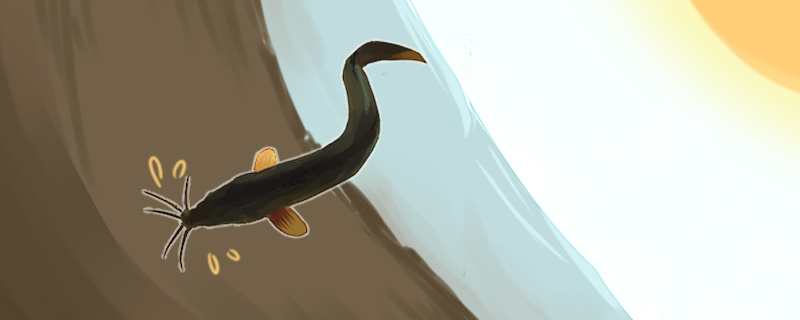
For most fish, breathing depends on gills. When water enters from the mouth and exits through the gills, the gill filaments on the gill cover will complete gas exchange, thus obtaining oxygen and releasing carbon dioxide. It is worth mentioning that fish gills can only play a role in the water, and gill filaments can not play a role in the air.
In Africa, there is a kind of fish called lungfish, which can breathe not only with gills, but also with swim bladder. Because of the special local climate, every period of time will enter the dry season, when the river water will dry up, the original lung fish in the water will rely on the oxygen in the swim bladder to breathe. At the same time, they will hide themselves in the mud and enter a dormant state.
Misgurnus anguillicaudatus is a benthic fish. It generally lives in a shallow water environment, and there is very thick silt on the bottom of the water. When the animal is hypoxic in the water, it can breathe at the surface, swallowing air into the intestine to obtain oxygen. Like lungfish, they can dive into the mud when the pool dries up, and as long as there is a small amount of water to keep their bodies moist, they will not die.
The mudskipper is a fish that inhabits estuaries, bays, and various shallow water areas. When the tide ebbs, it will go to the beach to feed. Because it is out of the water, it cannot breathe with its gills. It can obtain oxygen through its skin and oral mucosa.